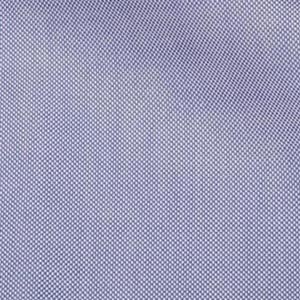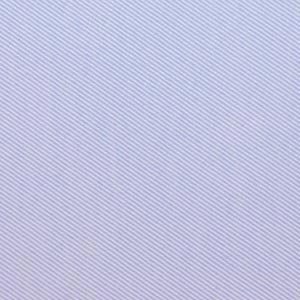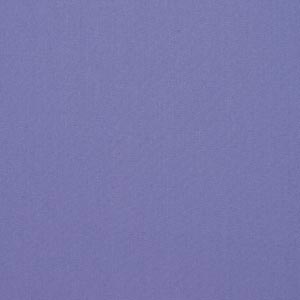An Introduction to Shirt Fabrics
Shirt fabrics, or “shirtings” as they are called by tailors, are of various nature and variously appropriate. Cotton is by far the most common fabric for dress shirts, and most fabric names refer to a particular method of weaving it.
The numbers sometimes listed with fabrics denote the thickness of the yarn from which the fabric is made; higher numbers mean thinner yarn, and thence finer cloth and higher prices.
 Oxford cloth, the coarsest shirting, is nonetheless quite soft and comfortable. A more casual fabric, its most natural form is the button-down collar.
Oxford cloth, the coarsest shirting, is nonetheless quite soft and comfortable. A more casual fabric, its most natural form is the button-down collar.
In colored and patterned Oxford shirts, only the threads running in one direction are dyed, while the others are left white.
This gives the fabric its characteristic textured appearance.
- Pinpoint Oxford is woven likewise, but of finer yarn, and is thus smoother and more formal.
- Royal Oxford is finer still, and can stand proudly beside a fine wool suit and expensive tie.
 Poplin bears a smoother texture but similar weight, the result of a fine yarn running one way with a thicker one interweaving it.
Poplin bears a smoother texture but similar weight, the result of a fine yarn running one way with a thicker one interweaving it.
It is soft and comfortable, and often used in more casual shirts.
Colors find themselves easily at home here, and it takes sporty patterns especially well.
Cotton twill, a shimmery diagonal weave, makes for richly textured shirts without sacrificing formality.
 In herringbone twill, the direction of the diagonals switches back and forth every quarter inch or so, giving the fabric even more depth. When occasion or whim calls for a solid shirt, twill plays the role with panache.
In herringbone twill, the direction of the diagonals switches back and forth every quarter inch or so, giving the fabric even more depth. When occasion or whim calls for a solid shirt, twill plays the role with panache.
Finer still is broadcloth, of fine yarn woven so tightly that it gleams. This is the most formal shirting for day-to-day wear.
End-on-end broadcloth is that made by interweaving threads of alternating colors for a visual texture so subtle it appears solid from an arm’s length away.
 Thanks to its tight weave, this cloth displays patterns with exquisite precision.
Thanks to its tight weave, this cloth displays patterns with exquisite precision.
Formal shirts are made of white piqué cotton, which boasts a rich, woven texture. This is the only shirt proper for black tie or white tie, and it is not appropriate for anything else.
Besides pure cotton, all the fabrics above can be found in cotton/polyester blends. These are less expensive, and while they do not look as rich or feel as smooth, they can often be worn without ironing.
No-iron 100% cotton shirts offer the rich look of natural fiber with the ease of synthetics, but the good ones are very expensive and the cheap ones irritate the skin.
Synthetics fibers get itchy and uncomfortable in extreme heat, i.e. over 95 degrees Fahrenheit. Ironing is really not that much work, and it is the surest way to look and feel good in shirts which are affordable enough that you can stock your closet with a diverse collection of them.
